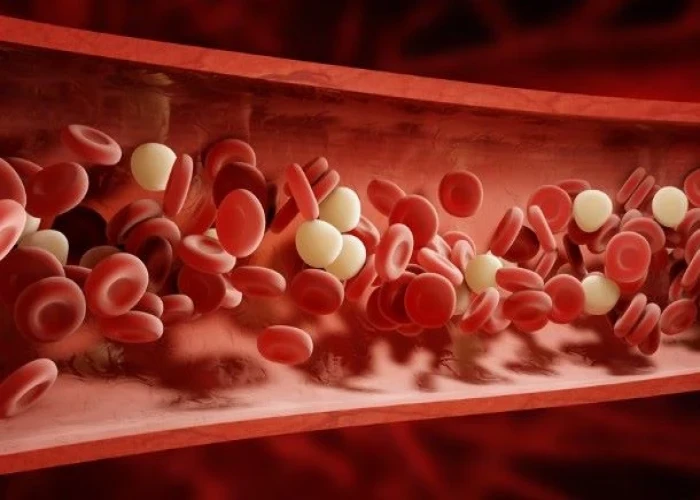 Welcome
Welcome
“May all be happy, may all be healed, may all be at peace and may no one ever suffer."
Intracranial venous malformations

Intracranial venous malformations (IVMs) are abnormal structures in the veins of the brain. These malformations can occur anywhere in the brain, but they are most commonly found in the dural venous sinuses, which are large veins located between the outer layer of the brain (the dura mater) and the skull. IVMs are classified into four types: dural arteriovenous fistula (DAVF), cavernous malformation (CM), venous angioma (VA), and developmental venous anomaly (DVA).
The exact causes of IVMs are not well understood, but they are believed to be congenital (present at birth) and may be associated with genetic factors. In some cases, IVMs may also be acquired as a result of head injury, infection, or radiation therapy.
Symptoms of IVMs may vary depending on the location and size of the malformation, but they may include headaches, seizures, visual disturbances, difficulty speaking or understanding language, weakness or numbness in the limbs, and changes in personality or behavior.
Diagnosis of IVMs may involve a comprehensive medical evaluation, including a physical examination, imaging tests such as CT scan, MRI, or angiography, and possibly a biopsy to evaluate the tissue. Treatment for IVMs may depend on the type and severity of the malformation, and may include medications to control symptoms, embolization (a minimally invasive procedure to block the blood vessels supplying the malformation), surgery to remove the malformation, or radiation therapy to destroy the malformation.
Preventing IVMs may not be possible, as the exact causes are not well understood. However, taking steps to maintain a healthy lifestyle, such as avoiding smoking and maintaining a healthy weight, may help reduce the risk of developing certain types of IVMs. It is important for individuals with symptoms of IVMs to seek prompt medical attention, as early diagnosis and treatment can help prevent serious complications and improve outcomes.
Research Papers
Disease Signs and Symptoms
Disease Causes
Disease Prevents
Disease Treatments
Doctors usually don't treat intracranial venous malformations because they rarely cause symptoms. If you have unrelated symptoms, such as headaches, your doctor might prescribe medications.
Rarely, people who have intracranial venous malformations have seizures or bleeding in the brain (brain hemorrhage). These are usually caused by other vascular malformations that can be found with a venous malformation. Doctors typically treat seizures with medications.
Some hemorrhages require surgery, but many hemorrhages can be treated with medical management and observation in a hospital.
Disease Diagnoses
Disease Allopathic Generics
Disease Ayurvedic Generics
Disease Homeopathic Generics
Disease yoga
Intracranial venous malformations and Learn More about Diseases

Adenomyosis

Tricuspid atresia

Central sleep apnea

Klippel-Trenaunay syndrome

Monoclonal gammopathy of undetermined significance (MGUS)

Impotency

Peptic ulcer

Lichen nitidus
intracranial venous malformations, ইন্ট্রাক্রানিয়াল ভেনাস ম্যালফরমেশন
To be happy, beautiful, healthy, wealthy, hale and long-lived stay with DM3S.
